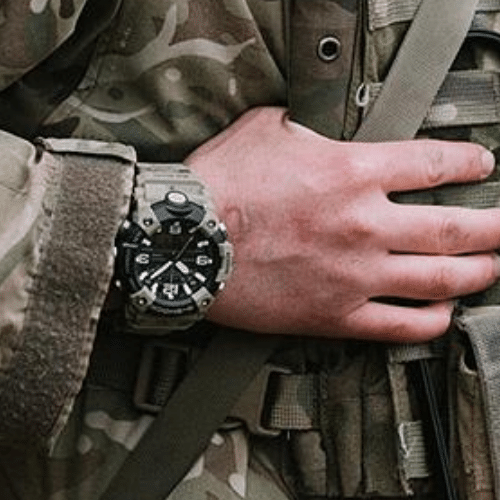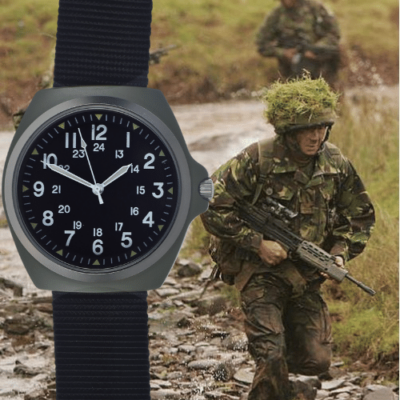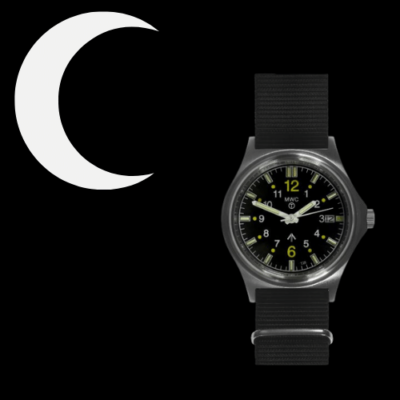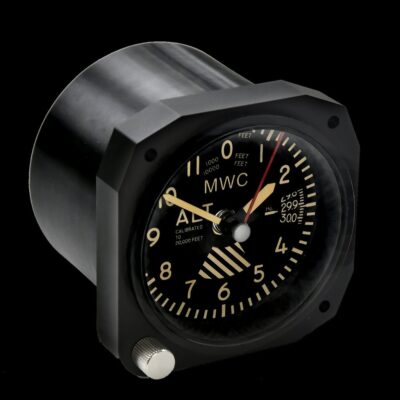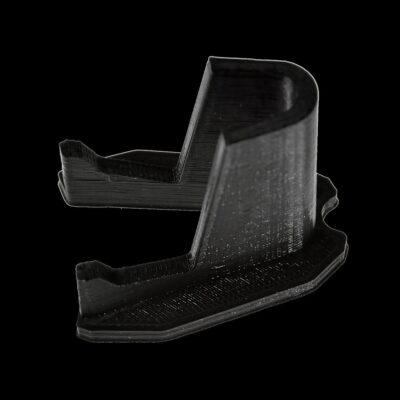News
Responding to the Wipeout of Ukraine’s Abrams Tanks: U.S. Army Invests in Stealth Coatings and Top Armour to Boost Survivability
The U.S. Army has committed to improving the survivability of its M1 Abrams main battle tanks with the allocation of over $107 million in funding for new vehicle protection systems. The funds are intended to cover development and operationalisation of stealth-enhancing coatings, passive armour kits, and new laser warning receivers. GM1912 VPS Signature Management paint is intended to be applied to over 380 vehicles, and was designed to reduce the probability of thermal detection as “part of the Army’s Concealment, Deception, and Obscuration layered survivability approach,” according to the latest Procurement of Weapons and Tracked Combat Vehicles report. The bulk of funding, however, has been allocated to the GM1914 VPS Top Attack Protection passive armour kits, which were designed to reinforce vehicle compartments and hatches against threats from top attacks by guided missiles, drones or loitering munitions. Sufficient kits are being procured to outfit four Armoured Brigade Combat Teams, or approximately 350 tanks, with the funds allocated amounting to $91.7 million.

Significant concerns regarding the Abrams tank’s survivability have arisen since the vehicles began to be deployed for combat by the Ukrainian Army in February 2024, with its vulnerability against new threats from top attack weapons having been particularly widely criticised. Although the Ukrainian Army received downgraded M1A1 variants that are less well protected, primarily due to their lack of depleted uranium armour, the majority of the Abrams tanks filmed being neutralised have been hit by guided artillery or by single use ‘kamikaze’ drones, which strike from the top where the armour thickness of Ukrainian and U.S. Army variants are the same. Thus while U.S. Army variants are expected to be less vulnerable to frontal penetration, like the one confirmed kill from by the 125mm gunof a Russian T-72B3 tank, in the large majority of engagements they would have not been more survivable. This is likely to have been a significant factor stimulating the new investments in improving armour protection levels with a focus on top-attack weapons. The Ukrainian Army has itself made significant efforts to improve the armour protection levels of its Abrams tanks by commissioning the integration of explosive reactive armour after the vehicles first suffered heavy losses, although this does not appear to have significantly affected attrition rates.
The U.S. Army currently deploys an estimated 2,640 Abrams tanks, of which approximately 1,500 have been brought up to the M1A2 SEPv2 standard, and approximately 600 more to the latest M1A2 SEPv3 standard. The remaining approximately 540 tanks, and the approximately 2000 more being held in storage, are old Cold War era M1A1s. The Abrams is the only tank class in the U.S. Army, and has recently been delivered to the Republic of China Army, the Australian Army, and the Polish Army. Although the Abrams previously suffered significant losses to lightly armed paramilitaries when deployed both by the Iraqi Army and by the Saudi Army in the 2010s, the scale of the losses faced by the Ukrainian Army in much more intensive engagements has been widely assessed by analysts to have tarnished its reputation.
By late August 2024 losses were estimated at close to two third of the Ukrainian fleet at 20 of the 31 tanks, and by early June 2025 the Ukrainian Army was assessed to have lost 87 percent of the American sourced tanks with 27 of the 31 vehicles destroyed or captured. Loss rates may have been significantly higher had the Russian Army fielded guided top attack anti-tank missiles, which are widely fielded by other potential adversaries such as China and North Korea. The Russian Army operationalised its first missile of the kind, the Bulsae-4, after procuring it from North Korea in 2024. While the Abrams has suffered extreme losses, the Russian Army’s own T-72, T-80 and T-90 tanks have also taken significant losses to drones and top attack weapons, as have German Leopard 1 and Leopard 2 tanks, with tank industries across the world seeking to rapidly respond to the development of new anti-armour technologies.

